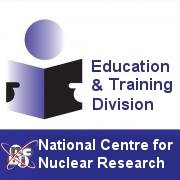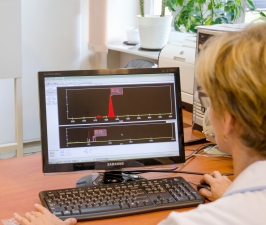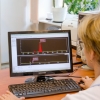Trace amounts of Ruthenium 106 without any health consequences
2017.10.05 15:15 - Marek PawłowskiNCBJ is constantly monitoring radioactivity of atmospheric air around Świerk. Recently Ruthenium 106 at trace concentrations comparable to those reported by other radiation protection stations operated in Poland was found. No other radioisotope at an increased level was found. That confirms Polish National Atomic Energy Agency conjectures concerning source(s) from which the isotope was released into the air. The observed small concentrations do not pose any threat to population health.
NCBJ-operated radiation protection station measured Ruthenium 106 activity in atmospheric air at the 4.3 / 11.7 mBq/m3 (milibequerels per cubic meter) level last/this week, respectively. Such small concentrations do not pose any threat to population health.
Ruthenium is a metal. 106Ru is an unstable Ruthenium isotope of about 374 days half-life. The isotope does not naturally occur on Earth, it is artificially produced mainly for medical applications. NCBJ POLATOM Radioisotope Centre is not using the isotope to its current production. Released to the atmosphere 106Ru usually forms some aerosols. Radiation protection stations pump air through some filters, then – usually once a week – measure radioactivity of the filters. Each radioisotope emits some radiation of some characteristic energies, therefore spectrometric measurements help to identify substances deposited on the filters. For aerosols, the filtering efficiency is close to 100%. Sensitivity of that method reaches the microbequerel/m3 levels.
NCBJ radiation protection labs did not find any other radioisotope at an increased level. That confirms Polish National Atomic Energy Agency (PAA) conjectures concerning possible source(s) from which the isotope was released into the air over Europe, see PAA official announcement published on October 4, 2017 (in Polish).


















